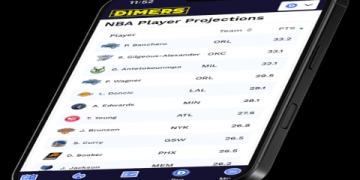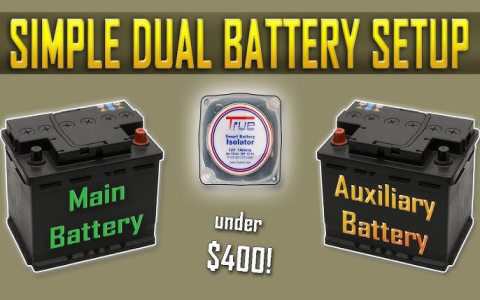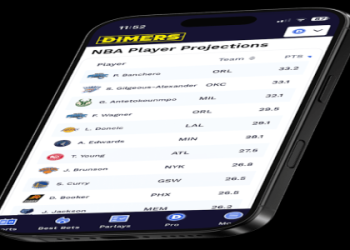thinking about van life, huh? Living the dream, hitting the road, and exploring all that the open road has to offer. But, here’s the thing: you can’t just hop in your van and go. You need a plan, and that plan needs to include a reliable power source. Which brings us to the million-dollar question: do you need an extra battery for van life?
The answer, my friend, is a resounding YES! Unless you’re planning to spend your days parked in a campground with full hookups (and who wants to do that all the time, right?), you’re going to need a way to power your appliances, electronics, and even your lights. That’s where an extra battery comes in. It’s like the sidekick to your van life adventure, providing the juice you need to keep things running smoothly.
Now, before you start frantically searching for the biggest battery you can find, let’s talk about what you actually need. It’s not just about having a battery; it’s about having the right battery for your needs.
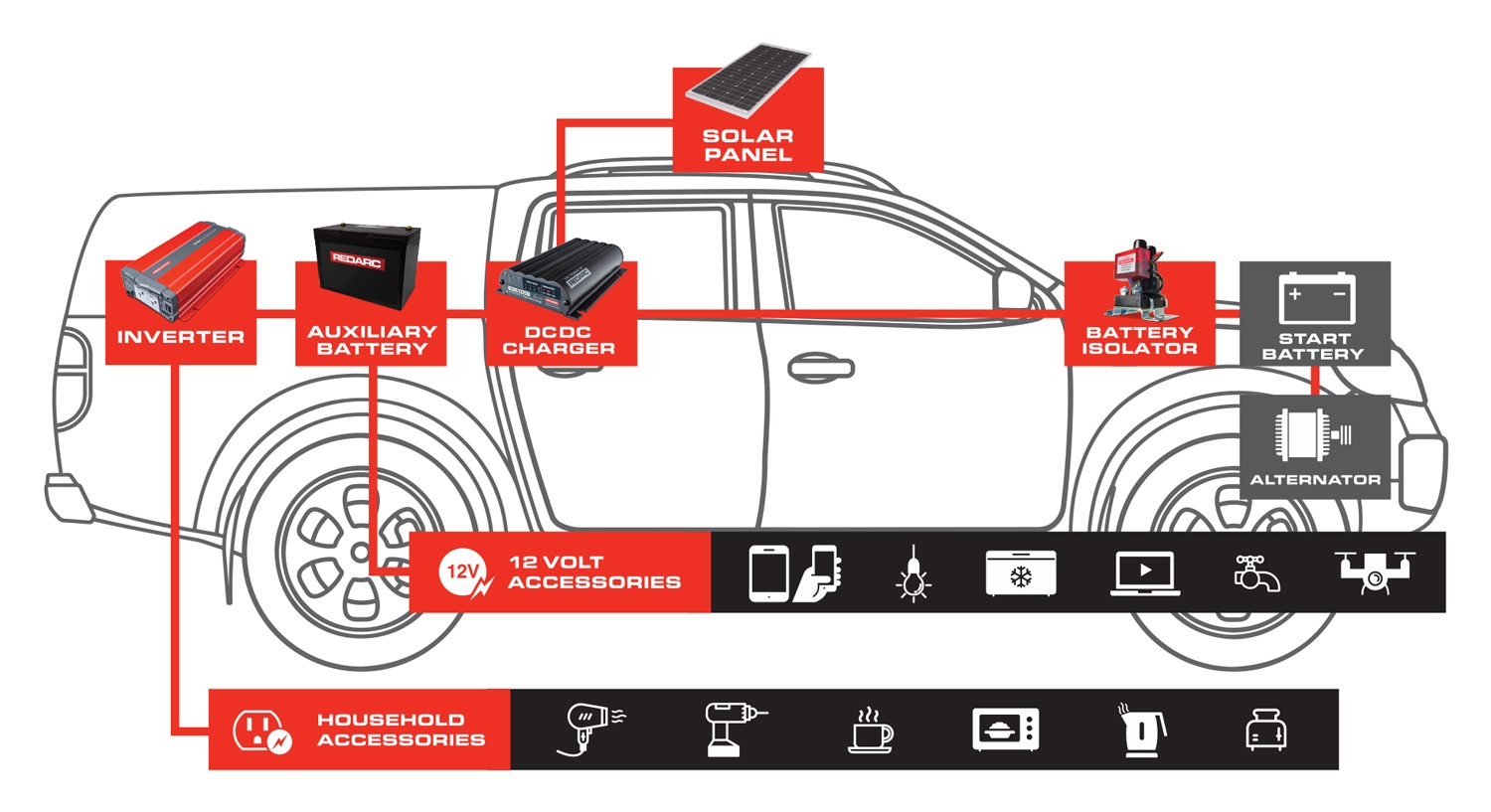
What are you powering?
Take a look at your planned van build. What appliances and electronics are you planning to bring along? Are you going to be using a fridge? Do you need a water pump? What about lights? The more you want to run, the more power you’re going to need.
How long will you be off-grid?
Are you planning on spending a few days in the wilderness before hitting a campground? Or are you going for a more extended off-grid experience? This will influence your battery needs as well.
What’s your budget?
The cost of batteries can range wildly, so it’s important to set a budget before you start shopping.
Choosing the Right Battery for Your Needs
You’ve got your list of appliances and a rough idea of how often you’ll be off-grid. Now, let’s talk about battery types. You’ve got a few choices here:
Flooded Lead-Acid (FLA) Batteries: These are the most common and affordable type of battery. They’re pretty reliable, but they have some drawbacks. They require regular maintenance, like adding water, and they don’t last as long as lithium-ion batteries.
Absorbent Glass Mat (AGM) Batteries: AGM batteries are a step up from FLA batteries. They’re sealed, so you don’t need to worry about adding water. They’re also more resistant to vibration and can handle deep discharges better than FLA batteries.
Lithium-Ion (Li-ion) Batteries: These are the best choice for van life because they have a higher energy density, are lighter, and last longer than FLA or AGM batteries. However, they are also the most expensive option.
Let’s look at the pros and cons of each:
| Battery Type | Pros | Cons |
|---|---|---|
| Flooded Lead-Acid | Affordable, reliable | Requires maintenance, shorter lifespan, heavier |
| Absorbent Glass Mat | Sealed, resistant to vibration, deep discharge tolerant | More expensive than FLA, shorter lifespan than Li-ion |
| Lithium-Ion | High energy density, lighter, long lifespan | Most expensive, can be sensitive to extreme temperatures |
Battery Management Systems
You can’t just throw a battery in your van and call it a day. You need a battery management system to keep everything running smoothly. A battery management system will:
Monitor your battery’s charge: This will help you prevent over-discharging and ensure that your battery has enough power.
Protect your battery from damage: A good battery management system will protect your battery from overcharging, deep discharging, and other potential problems.
Maximize your battery’s lifespan: By monitoring and protecting your battery, a battery management system can help extend its lifespan.
Power Needs and Sizing Your Battery Bank
So, you’ve chosen your battery type, but how do you figure out how much power you need? Here’s a simple formula:
Total Daily Power Consumption (Ah) = Amperage (A) x Hours of Use (h)

For example, let’s say you have a refrigerator that draws 10 amps and you plan to run it for 10 hours per day. That would be 10 A x 10 h = 100 Ah. Repeat this for each appliance and add them together to get your total daily power consumption.
But, remember:
Battery capacity is measured in amp-hours (Ah), not watts (W). You’ll need to convert watts to amp-hours using the formula: Amp-hours = Watts / Voltage.
You’ll need a battery bank large enough to handle your total daily power consumption.
Factor in a safety margin. It’s always a good idea to overestimate your power needs a little bit, especially if you’re going to be off-grid for extended periods.
A Real-World Example
Let’s say you plan to use the following appliances:
Refrigerator: 10 Amps x 10 hours = 100 Ah
Lights: 5 Amps x 4 hours = 20 Ah
Laptop: 2 Amps x 4 hours = 8 Ah
Phone charger: 1 Amp x 2 hours = 2 Ah
Total Daily Power Consumption: 100 Ah + 20 Ah + 8 Ah + 2 Ah = 130 Ah
You need a minimum of 130 Ah to run these appliances for a day. But, remember, it’s always a good idea to have a safety margin. You could opt for a 200 Ah battery bank to provide a little extra power, or even 300 Ah if you plan on having extended off-grid stays.
The Importance of Solar Panels
Of course, no one wants to be constantly running a generator or driving around searching for a charging station. That’s where solar panels come in. Solar panels can replenish your battery bank while you’re driving or parked in a sunny spot, giving you a sustainable and reliable source of power.
Battery Maintenance
Even the best batteries need a little love and care. Here are a few tips for keeping your battery bank in top shape:
Keep your battery terminals clean. Corrosion can build up on your battery terminals, which can impede the flow of electricity.
Check your battery’s water level. This only applies to flooded lead-acid batteries. You should check the water level regularly and add distilled water if needed.
Don’t fully discharge your battery. Deep discharges can damage your battery, especially lead-acid batteries. Try to keep your battery charge above 50%.
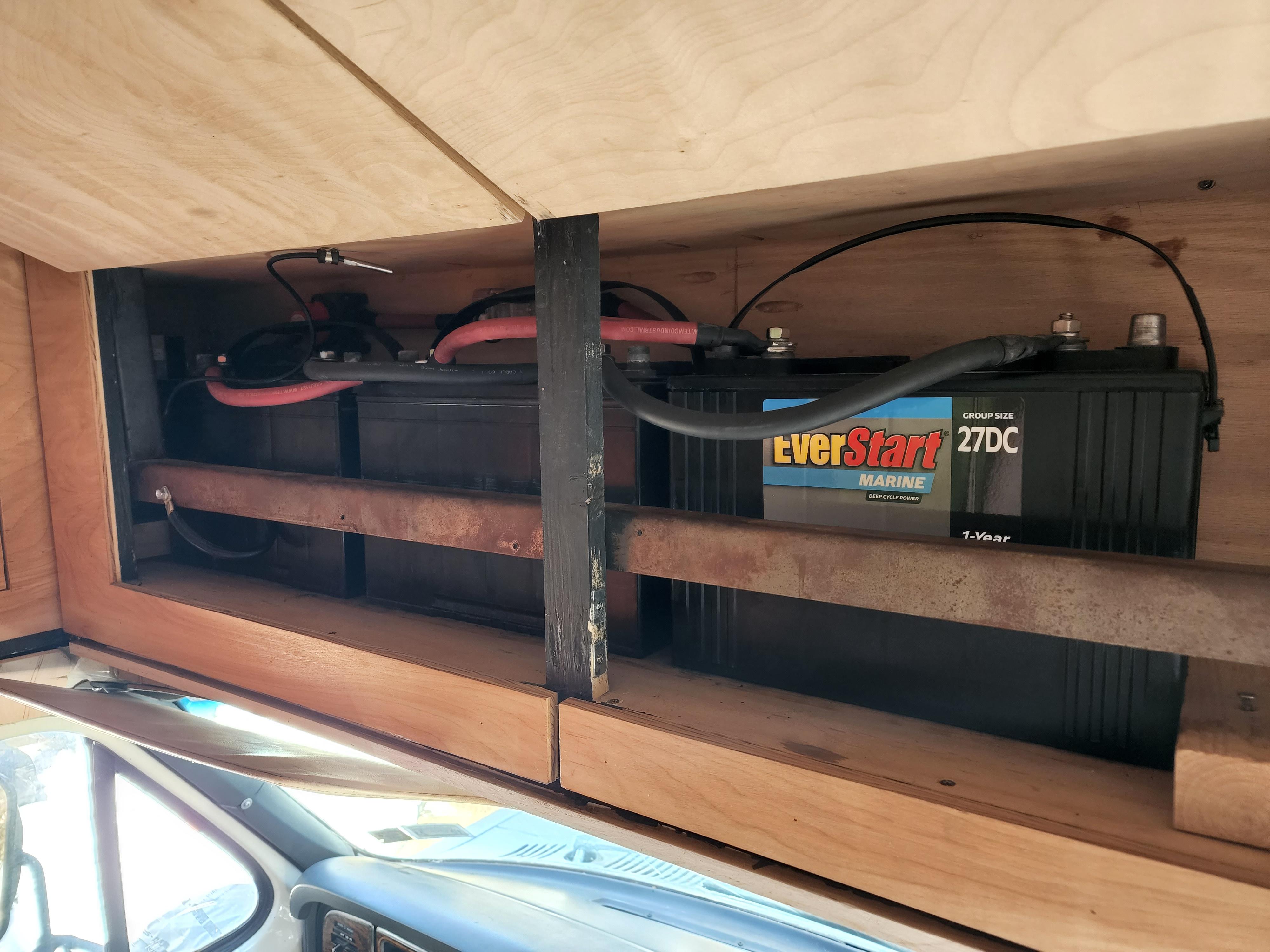
Consider using a battery isolator. This device will prevent your starter battery from being drained by your house battery.
A battery bank is a crucial investment for van life, providing the power you need to live comfortably off-grid. Choosing the right battery and battery management system can seem complicated, but it’s essential to get it right.
Remember, there’s no one-size-fits-all answer. Think about your needs, your budget, and the types of adventures you plan to embark on.
With careful planning and a bit of research, you’ll be able to find the perfect battery setup for your van life journey.
Now, tell me, what are your thoughts on battery systems for van life? What types of appliances do you plan to use? Let’s hear about your experiences!

